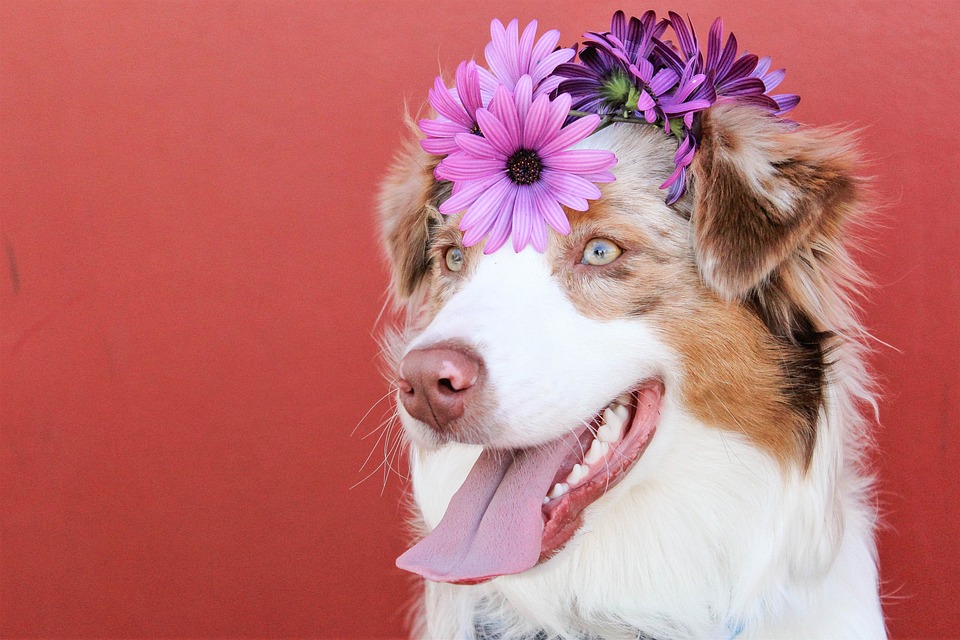Creating a designated feeding area for your furry friend is not only essential for maintaining a clean and organized living space, but it also plays a significant role in promoting healthy eating habits for your dog. In this article, we will explore the importance of creating a designated feeding area, provide step-by-step instructions on how to establish one, and address frequently asked questions regarding this topic.
A designated feeding area offers numerous advantages for both you and your canine companion. Let’s take a look at some of the key benefits:
1. Maintains cleanliness: By providing a specific area for your dog’s meals, you can minimize mess and prevent food spills from reaching other parts of your home. This is particularly helpful for dogs who tend to eat messily or have a habit of knocking over their bowls.
2. Promotes portion control: Establishing a feeding zone helps you monitor your dog’s food intake more effectively, avoiding overfeeding or underfeeding. By providing a consistent and controlled environment, you can ensure that your dog is receiving the appropriate amount of food for their size and age.
3. Encourages better digestion: A consistent feeding location allows dogs to associate that area with mealtime, leading to a more relaxed and stress-free eating experience. This can aid digestion, as dogs are more likely to eat at a comfortable pace when they feel secure and calm.
4. Reduces food aggression: When dogs have their own designated feeding space, it helps prevent conflicts or resource guarding that may arise when they eat in communal areas. This is particularly important for households with multiple dogs or pets, as it establishes clear boundaries and reduces the likelihood of food-related conflicts.
Now that we understand the benefits of a designated feeding area, let’s explore how to create one in your home:
1. Choose an appropriate location: Select a quiet area in your home, away from high traffic or noisy areas, where your dog can eat without distractions. This can be a corner of your kitchen, a separate room, or any area that is easily accessible and provides a calm environment.
2. Use a feeding station or mat: Invest in a feeding station or mat designed specifically for dogs. These products are easy to clean, help contain spills, and provide a defined space for your pup’s meals. They can also prevent bowls from sliding around, ensuring that your dog can eat comfortably without any disruptions.
3. Set boundaries: Establish clear boundaries around the feeding area using gates or barriers, ensuring that other pets or children cannot access the space during mealtime. This helps create a safe and quiet environment for your dog to eat without any distractions or interruptions.
4. Provide comfortable eating arrangements: Consider using elevated bowls to reduce strain on your dog’s neck and promote better posture. Additionally, ensure that the feeding station is at an appropriate height for your dog’s size and breed. This can help prevent any discomfort or potential health issues associated with eating from a bowl that is too low or too high.
5. Keep water nearby: Place a water bowl close to the feeding area, allowing your dog to hydrate easily after eating. This ensures that your dog has access to fresh water at all times, promoting proper hydration and overall well-being.
6. Maintain cleanliness: Regularly clean the feeding area, including bowls, mats, and surrounding floors, to prevent the buildup of bacteria or pests. This helps ensure that your dog’s feeding area remains hygienic and free from any potential health hazards.
Now, let’s address some frequently asked questions about designated feeding areas for dogs:
Q1: Should I establish a designated feeding area for my puppy?
A1: Absolutely! Introducing a designated feeding area early on helps puppies develop a healthy routine and prevents them from associating mealtime with anxious or stressful situations. It also allows you to monitor their food intake and establish good eating habits from an early age.
Q2: Can I create a feeding area outdoors?
A2: While it’s possible to create an outdoor feeding area, it’s crucial to ensure that the space is sheltered, secure, and protected from weather conditions. Outdoor feeding areas may attract wildlife or pests, so be cautious. Additionally, consider the climate and temperature in your area, as extreme weather conditions can affect your dog’s comfort and safety.
Q3: What if my dog refuses to eat in the designated feeding area?
A3: If your dog shows hesitation or refuses to eat in the designated area, it may take some time for them to adjust. Gradually introduce the feeding zone, and ensure it is a positive and comfortable environment by using enticing treats or feeding toys. It’s important to be patient and consistent in encouraging your dog to eat in the designated area.
In conclusion, establishing a designated feeding area for your dog is a small but impactful step towards promoting healthy eating habits and maintaining a clean living space. By following the steps outlined in this article, you can create a dedicated space that enhances your dog’s mealtime experience while benefiting their overall well-being. Remember, consistency and patience are key when introducing any changes to your dog’s routine.









